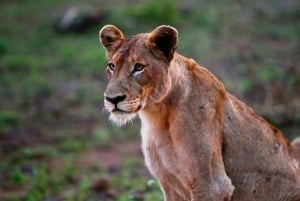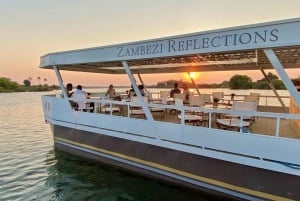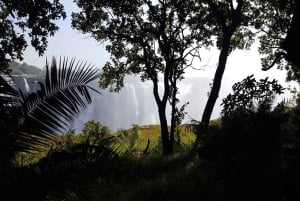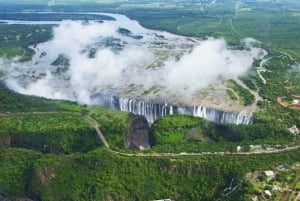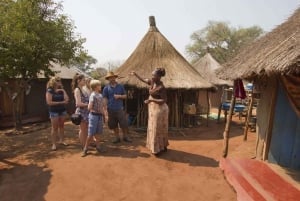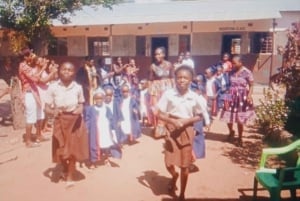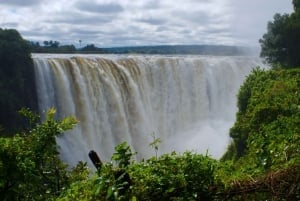Lochinvar
Lochinvar National Park is another of the smaller parks, there is no abundance of larger mammals but certainly an outstanding birding area with 449 recorded species. It is also well known for the large herds of Kafue lechwe, unique to the Kafue flats. The area, formerly a privately owned cattle ranch, was purchased by the Government and proclaimed a National Park in 1972.
Lochinvar is both a Ramsar (Wetland of International Importance) and a World Heritage Wetland Site. Attractions include the Gwisho Hot Springs with temperatures ranging from 60° to 90° C, an ancient Iron Age village, Sebanzi Hill, a huge babobab tree with a hollow trunk large enough for several people to stnd inside and a rocky outcrop called Drum Rocks which produces a resonant hollow sound when tapped.
When to visit:
The park is accessible throughout the year although care is needed in the wet season after heavy rains. A 4WD is advised in the rainy season as road conditions vary according to rainfall and road maintenance. Peak floods are reached in May at the end of the rainy season, while the water is at its lowest in October and November at the end of the dry season. The profusion of birds is extensive during the wet season when migrants arrive from the north. The game however is easier to spot in the dry season.
Getting there:
Take the T1 Lusaka-Livingstone road to Monze. At 186 Km from Lusaka and 282Km from Livingstone. turn west along the gravel road signposted at Namwala. At approximately 25Km turn right at the Lochinvar signpost. Travel for a further 48 Km.
The park has an airstrip and is accessible by charter plane.



